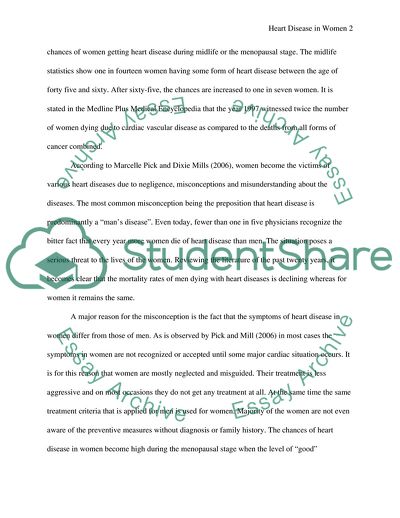Cite this document
(Heart Disease in Women Article Example | Topics and Well Written Essays - 1500 words, n.d.)
Heart Disease in Women Article Example | Topics and Well Written Essays - 1500 words. https://studentshare.org/health-sciences-medicine/1704385-heart-disease-in-women
Heart Disease in Women Article Example | Topics and Well Written Essays - 1500 words. https://studentshare.org/health-sciences-medicine/1704385-heart-disease-in-women
(Heart Disease in Women Article Example | Topics and Well Written Essays - 1500 Words)
Heart Disease in Women Article Example | Topics and Well Written Essays - 1500 Words. https://studentshare.org/health-sciences-medicine/1704385-heart-disease-in-women.
Heart Disease in Women Article Example | Topics and Well Written Essays - 1500 Words. https://studentshare.org/health-sciences-medicine/1704385-heart-disease-in-women.
“Heart Disease in Women Article Example | Topics and Well Written Essays - 1500 Words”. https://studentshare.org/health-sciences-medicine/1704385-heart-disease-in-women.


